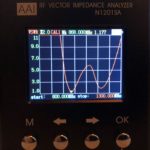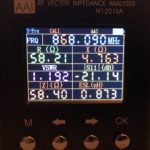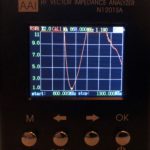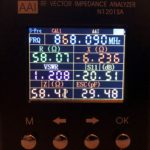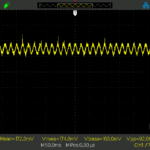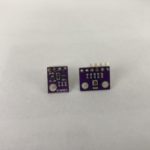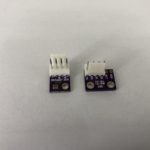Interested to help to expand the coverage of thethingsnetwork.org project, short TTN? There are many gateway you can use, for example you can build your own TTN gateway using a RPI and a IC880a or RAK831 concentrator board.
Both solutions are priced at about CHF 150-200, depending on where you order the hardware, what kind of RPI you’re using and if you have to pay import duties or not.
But of course, you need some time to get up and running. Wiring, software and so on. Check out the TTN-ZH github page for a smooth start.
If you don’t have the time, you can buy a commercial product, the Laird RG186 gateway.
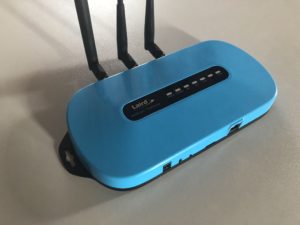
Included accessoires:
- One 868 MHz antenna
- Two 2.4 /5 GHz antennas
- External DC Power Adapter
- Ethernet cable
After you got it, simply unpackage it and plug in power and a network cable (it also has WiFi built in, but haven’t used it). Open your browser and connect to the DHCP IP address it got and log in to the device.
Default login credentials:
Username: sentrius
Password: RG1xx
Go to the ‘LoRa’ tab, and select a preset for The Things Network.
If you use ‘The Things Network Legacy EU’ you can simply apply the preset and copy the EUI displayed on the left side. Then go to https://console.thethingsnetwork.org/gateways and register the gateway. Please note to activate the checkbox ‘I’m using the legacy packet forwarder’ when registering the gateway.
If you use ‘The Things Network EU’ it is best, to go first to https://console.thethingsnetwork.org/gateways and register a new gateway, as the gateway ID can be choosen by you! After creating the gateway, copy the ‘Gateway Key’ and go the the RG186 webinterface. Apply in the ‘LoRa’ tab the preset ‘The Things Network EU’ and go then to the subtab ‘Forwarder’. Enter your ‘Gateway ID’ and the ‘Gateway Key’.
In both cases the gateway should now show up as ‘connected’, once on the RG186 dashboard and also in the TTN console.

For more detailed set-up instructions and technical specifications, please check out the official Laird RG1xx product page.

